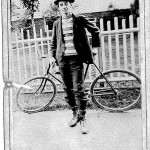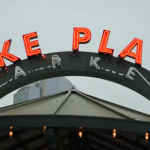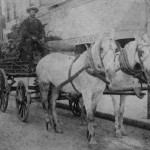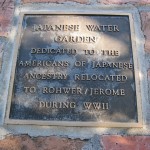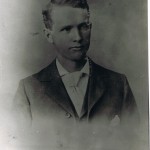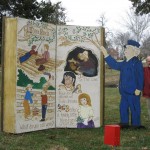“The writing was on the wall,” says Rev. Paul J. Colling, the 54-year-old pastor of St. Ann’s Catholic Church, Lexington, Nebraska, who also serves as vicar for Hispanic issues for the Grand Island diocese, 50,000 square miles of Nebraska that extends north to South Dakota and west to Wyoming. He remembers the life-or-death decision faced by the region’s small towns.
They could remain virtually 100 percent white, a choice favored by many residents, and lose their few factories to plants in other towns that welcomed low-pay, nonunion workers, a majority of them immigrants. Or the communities could try to avoid becoming ghost towns by supporting the hiring of workers who would make local factories more competitive. In Lexington, population 10,000, “city leaders said, ‘This is what we gotta do if we’re going to survive,’” Colling recalls.
So immigrants arrived in Lexington, home to an IBP (now Tyson Fresh Meats) beef processing plant, first by the dozens, then by the hundreds, finally by the thousands. The town became ethnically 63 percent Hispanic, 37 percent non-Hispanic, with also an estimated 1,300 to 3,000 Somalis (not counted fully in the 2010 census).
When the immigrants—Mexicans, Guatemalan Indians, Cubans, Colombians, El Salvadorans and natives of numerous African nations—started arriving, many Lexington whites left for nearby towns like Johnson Lake, which grew from 531 in 1990 to 825 residents in 2000 and remains 98 percent white. The so-called white flight might not be completely attributable to the arrival of immigrants. An unpleasant odor, blamed on the STABL Inc. rendering plant, which converts dead animals from farms and feedlots into such products as Happy Hound dog food, reportedly also played a role.
Colling says that while prejudice still exists in Lexington he believes the community comparatively “is really, really open.” He says the town now attracts whites because of its diversity. If you walk along Washington Street, the main business thoroughfare, you can choose from not only from the usual downtown businesses but also a Somali restaurant, two importers of Mexican and Latin American goods, two Chinese restaurants and African International Food Market.
The diversity does not necessarily mean people mix. At lunchtime, Madeline’s Café & Bakery has 17 white female customers and, two doors away, Freddy’s, a Somali restaurant, has four black male customers. Colling tries at St. Ann’s, which has two masses in English and two in Spanish, “to help the community blend as much as I can.”
He delights in the local July 4 parade that features Mexican-Americans riding their dancing horses. He encourages whites to experience the Our Lady of Guadalupe Fiesta, with its Mexican dancers wearing traditional, hand-made costumes. And he applauds the efforts by Tyson Fresh Meats to accommodate the cultures of workers who, for example, attach great significance to funerals: “They’ll just leave and can be gone for a week.”
But tough challenges remain, he says. He bemoans the closing of Haven House, a shelter for people who arrived in town virtually penniless, looking for work. He says his church is undertaking a feasibility study for the establishment of an immigration office for the parish.
He encourages us to talk with other Lexington residents. We are curious about the impact of the town’s meatpacking plant on its workers. It’s hard not to see the immigrant workers at Tyson as the twenty-first century equivalent of Jurgis Rudkus, the devastated Lithuanian immigrant in Upton Sinclair’s classic 1906 novel, The Jungle, about meatpacking in Chicago.
But Ana Maria Hermosillo, 45, whose husband worked in Lexington’s plant, has a different view. She worries about immigrants now “applying but not being called” by Tyson. She fears for the future, pointing to the cut in workers’ hours at the plant, from 48 hours to 37 hours. Work at the plant may be repetitive and it may be exhausting, but she believes that the alternative, work in the fields, “that’s the hard work.”
Loren Ghiglione




